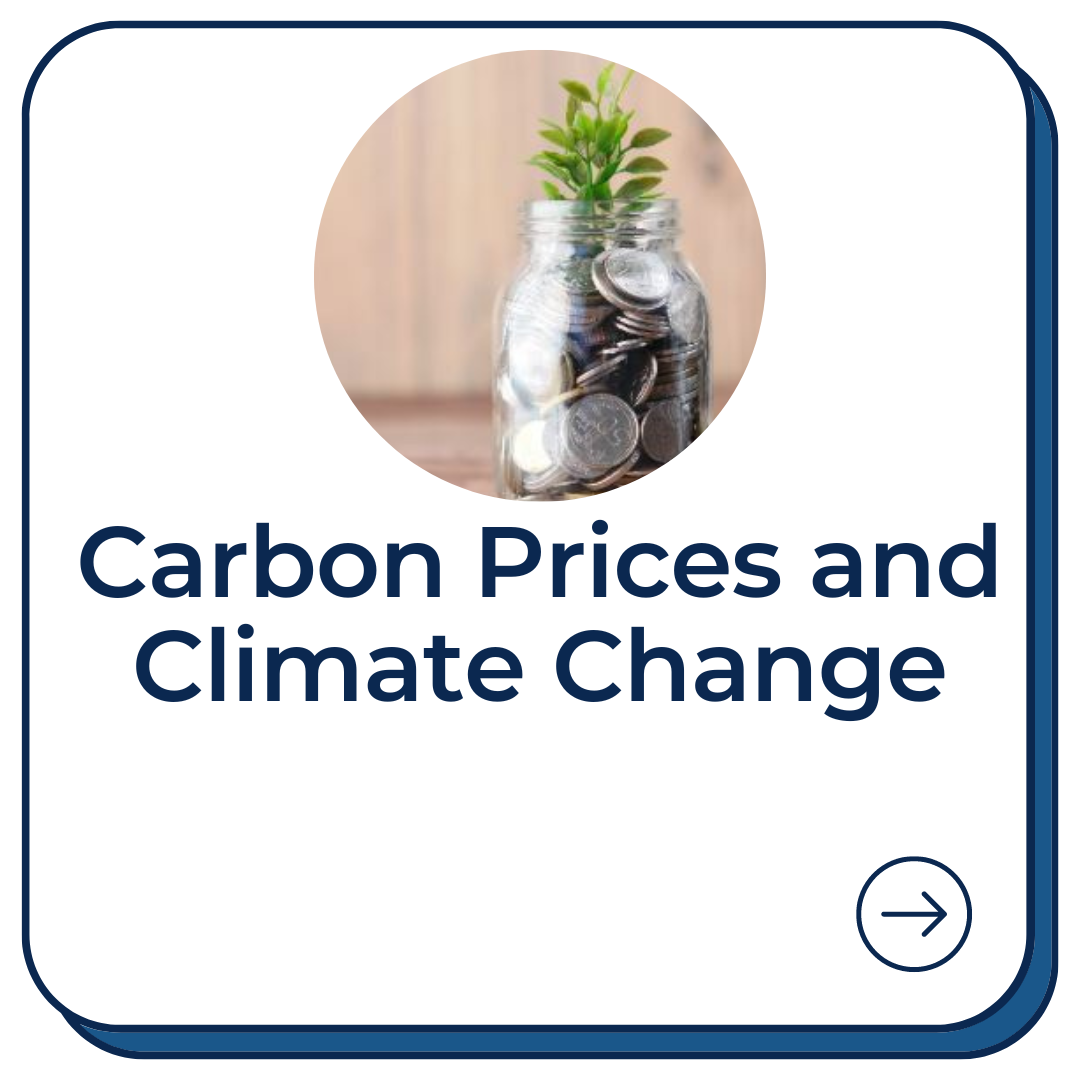People tend to think about the greenhouse gas effect and global warming as science-only topics, but climate change is a problem that reaches into all parts of our lives. That’s why SubjectToClimate has created this list of 11 Greenhouse Gas Effect and Global Warming Lesson Plans that span academic subjects from math to social studies. These climate change lesson plans provide teachers with standards-aligned lessons that will help students understand the basics and complexities of the greenhouse gas effect and global warming in any of their classes!


















































